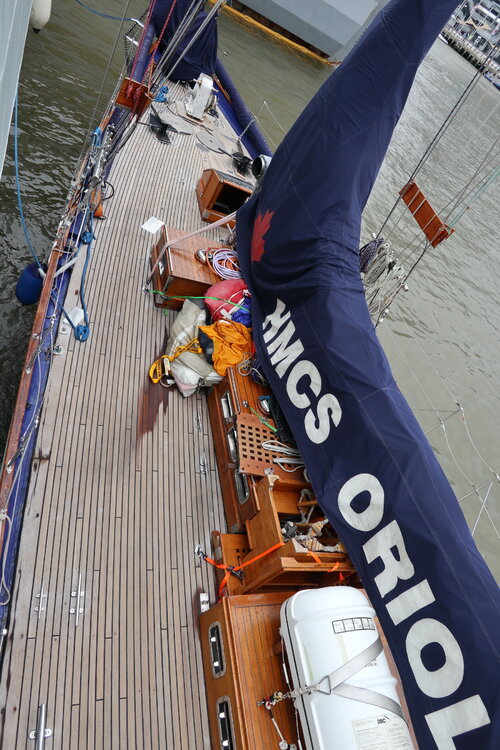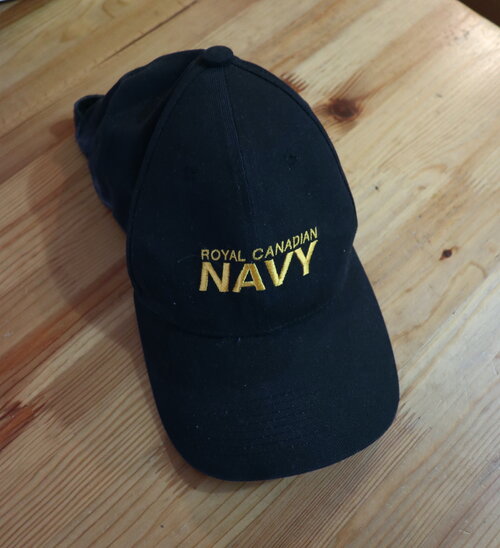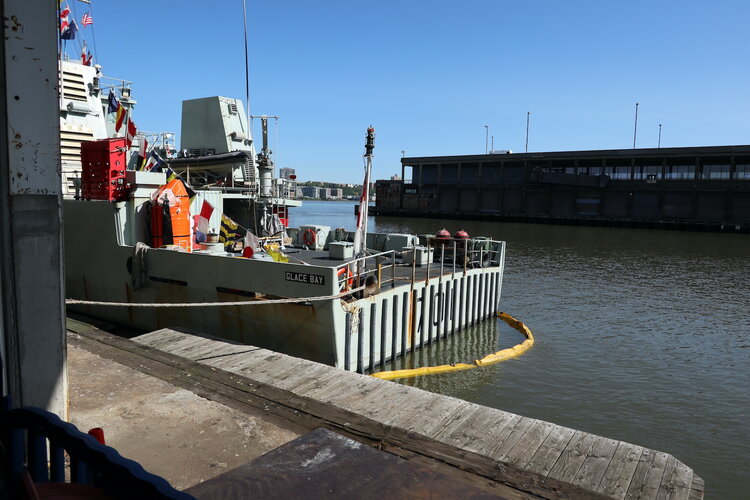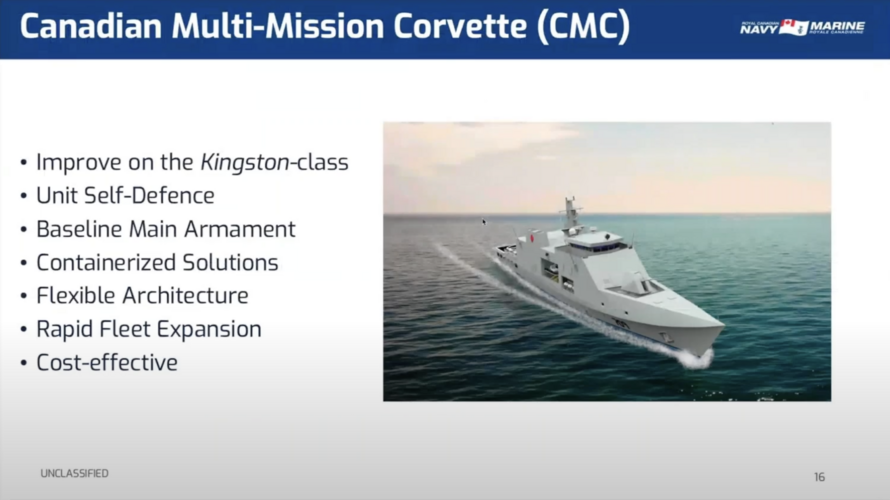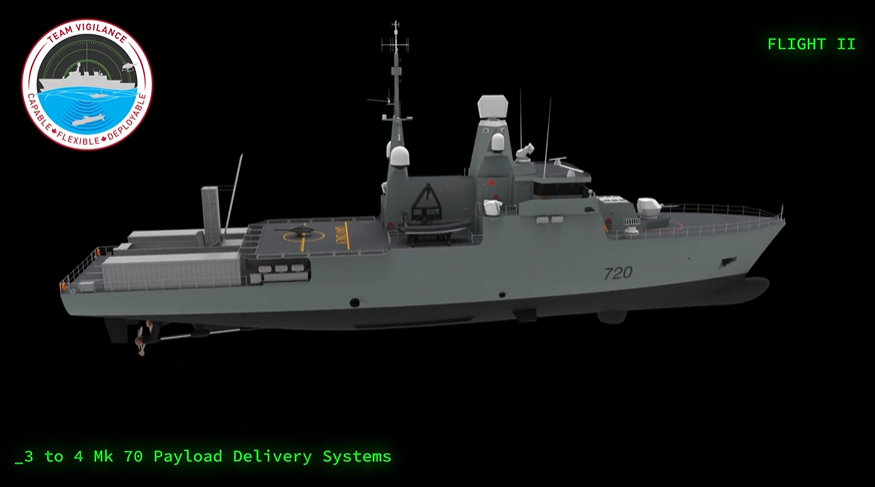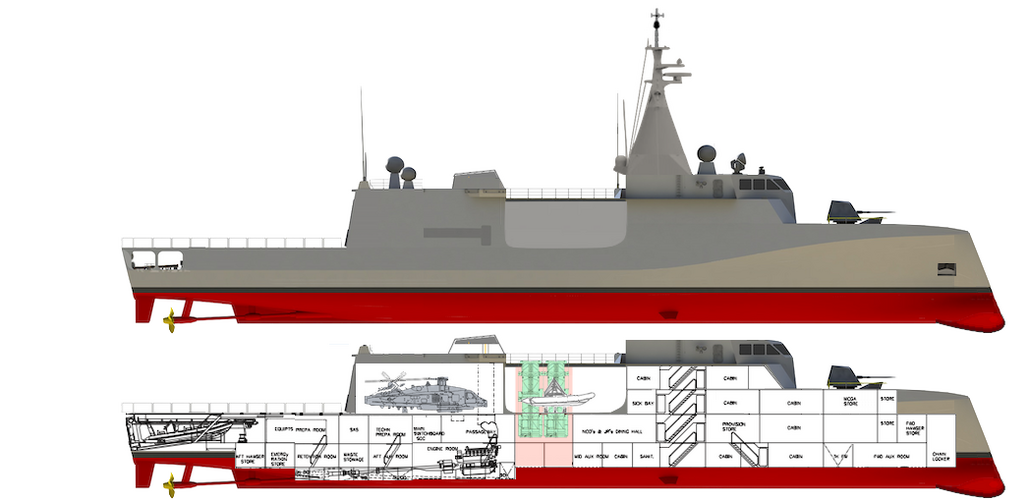Owens Z
quaerimus scientiam
- Joined
- 6 October 2023
- Messages
- 190
- Reaction score
- 263
The Naval Aid Bill of 1912
Basically, the question of Canadian naval defense at this time became the question of political struggle between pro-Imperial conservatives and pro-autonomy liberals. The conservatives argued for the larger naval spending, but in terms of ships gifted for Royal Navy, for the purpose of common defense. Liberals, on the other hand, argued for smaller, but fully Canadian navy, build & crewed in Canada and not subordinated to Royal Navy. Initially Liberals won, pushing for a small navy of light cruisers and destroyers in 1911. But then they lost the elections (by antagonizing French-speaking population) and Conservatives immediately tried to push for their plan; pay for three dreadnoughts or battlecruisers, that would be operated by Royal Navy. They did not sucseed, though.
P.S. I wonder, what if both sides could reach a compromise by ordering a "fleet unit" - a battlecruiser, three light cruisers and a number of destroyers and submarines - like Australia did? If such compromize could be reached in 1911, they would probably order a HMS Tiger's sistership. Or possibly even two; Canada have two coastlines to defend, after all, so it make sence to order a pair of "fleet units", one for each.
Unlikely unfortunately.
What the Liberals really wanted was not to be saddled with the cost of Naval spending at all. Laurier had initially created the Navy to head off the increasing pressure to contribute more to the growing cost of Imperial Defence, cloaking it in the national sentiment of a separate Canadian Navy. Once that was done he did everything he could to avoid funding it any more than he had to.
Borden from the Conservatives meanwhile, wanted to use contribution to Imperial Defence as a way to raise Canada’s position within a relatively close Empire. He was not thrilled with the Navy he had had foisted on him, and did all he could to limit its access to the Treasury.
Outside of Borden’s desire to use Naval spending to increase Canada’s standing in the Empire and Laurier’s desire to avoid the same, neither had much use or desire for Naval spending. They preferred to perpetuate the proud Canadian tradition of having someone else pay for Defence. Part of the attraction of buying ships for the RN was that Canada would not face the cost of crewing and maintaining them. So the reasonable compromise of maintaining a Canadian fleet unit would have been to no ones political taste.
True enough I suppose. And Laurier’s line of critique of the 1912 bill was that it was a large sum of money that brought no benefit to Canadian businesses. If Borden for some reason decided to try and neutralize that criticism with a local fleet unit that would be available to the RN in the event of war, that might do it. I am not sure a local fleet unit would actually benefit local industry much (Canada had neither the funds nor the expertise to build such ships economically and even maintaining them would take some investment) but perhaps the impression could be maintained that it could.
Warship 2017 contained a "Warship Notes" short article by Ian Johnston about a "Canadian Super Yard" dating to 1910-11. He had been digging in the records of Fairfield in Glasgow and came across several plans for a new shipyard for Haifax in Canada, but with little additional information. There were 3 plans for yards if different sizes.
The largest covered 140 acres (none in Britain at the time exceeded 100 acres). It had 11 covered berths as 1x1,000ft, 1x800ft, 3x600ft, 6x500ft. There was also an 1,100ft dry dock capable of being divided in two.
On 9 March 1911 Fairfield's Chairman reported to the Board "negotiations regarding a Canadian shipbuilding programme and was authorised to proceed on the matter".
That’s very interesting. Sydney steel works were some of the largest in the British Empire and were connected to Halifax by both rail and coastal barge. And with some investment could probably learn to produce armour plate. Specialty items like large calibre guns (and possibly whole turrets, fire control equipment and the like would likely have to come in from Britain though. At least until and unless the capability was developed domestically.
I wonder where they would have put it?
Halifax Dockyard did not, I don’t believe, yet extend as far up the Narrows as it does currently. So maybe they could have put it there. More or less where Irving Shipyard or the container dock is now. It could also possibly have gone directly across the Narrows from the Dockyard in the area that is now the Dockyard Annex.
However, sounds like this may have been commercially owned with Fairfield’s involvement (unless they were just contracted to design it). If so, then perhaps a location in Bedford Basin would be chosen. Either near Dartmouth Slipways on the Dartmouth side or near Bedford on the Halifax side.
Either way, an interesting might have been. Thanks for that!
[I have taken the liberty of moving this discussion to its own new thread, to avoid stepping on the toes of Oberon_706's Australia-oriented thread.]
Dilandu points out that Canada had 2 coasts to defend in the first half of the 20th century, although I believe that was considered in Ottawa to be more like 1.13 coasts. Tentative plans for Royal Canadian Navy battleships were voted down. A third coast has since become important to Canadians: the Arctic Ocean. I first learned about the issues in summer 1985, when US Coast Guard icebreaker Polar Sea traversed the Northwest Passage from east to west without notice, claiming right of innocent passage through that international strait. The outrage in Canada at what was taken to be a slap in the face was not lessened when it was found that Canada had no ship capable of escorting Polar Sea through the ice. If I was understanding correctly back then, the headlines in Canada "The Americans don't recognize the Northwest Passage as our internal waters!" could have been more honestly written as "No other country in the world recognizes the Northwest Passage as our internal waters". The USA and Canada are of course allies, and quickly came to an informal agreement that USCG and USN ships, without relinquishing any rights, would pre-notify Ottawa of such voyages, and I believe that has held up for forty years (except for any secret submarine incursions). But Canada was stimulated to try to better assert its sovereignty over its vast Arctic lands and waters. The late 1980's 'Polar 8 Project' for a deluxe 37kt icebreaker eventually fell through, as has (so far) the 21st century's 'Polar Icebreaker Project' for two 26kt ships. As you might be aware, unlike most coast guards the Canadian Coast Guard is purely civilian with no police powers, their ships having no armament aboard, not even handguns. But their ships could call in a Canadian naval unit or an air strike if they came upon a real problem. Four British-built diesel-electric submarines, obtained in the 21st century by the Royal Canadian Navy as the Victoria class, though perhaps not fully successful, have seen service in the Atlantic but also in the Arctic Ocean and Pacific (out of CFB Esquimalt). Persistent rumors over the decades about Canadian interest in some nuclear-powered submarines, better able to operate under ice, have so far come to nothing, most recently possible Canadian desire to collaborate in the AUKUS sub deal.
With US interest in Greenland, the Arctic region is in the news again. (And I'm a fan of Devonian fossil Tiktaalik, found on barren Ellesmere Island.) Anybody here know more about recent Canadian plans and Royal Canadian Navy / Canadian Coast Guard three-coast strategy than I do? I would be interested in learning more, and I suspect I am not alone. Please weigh in.




